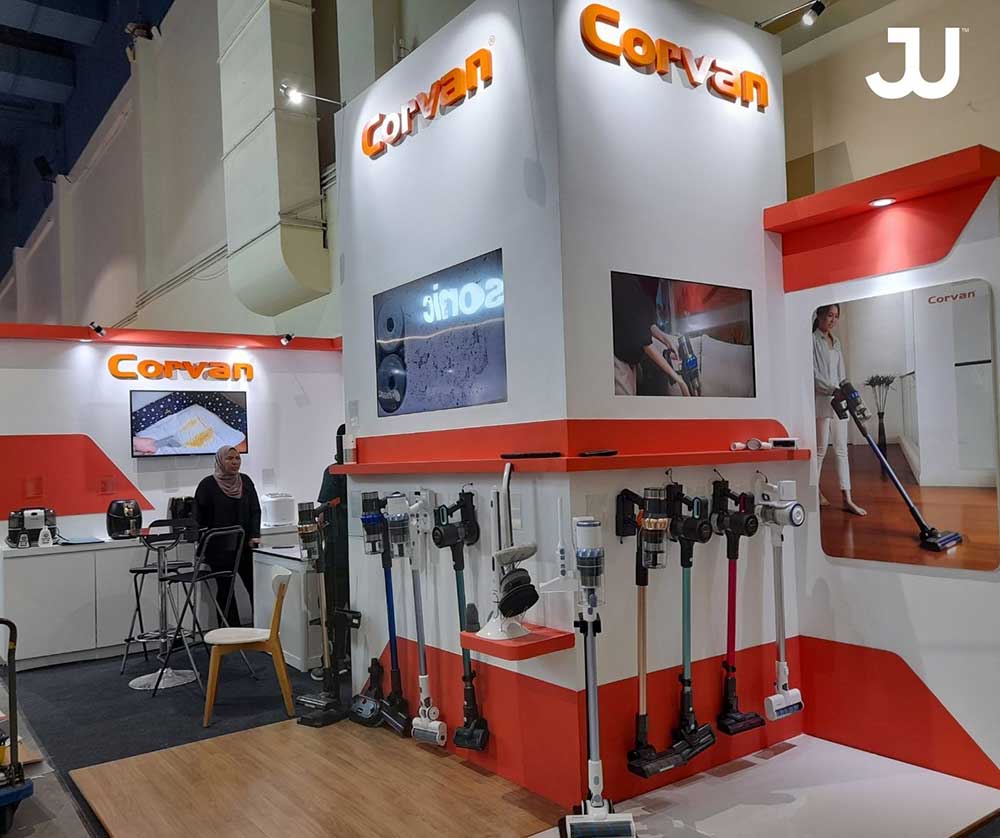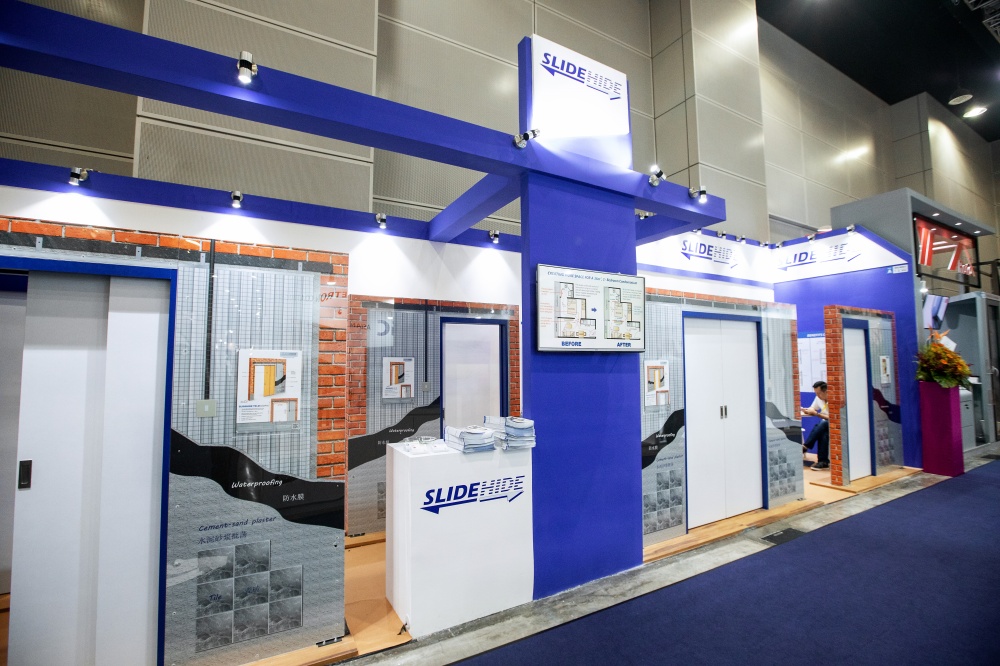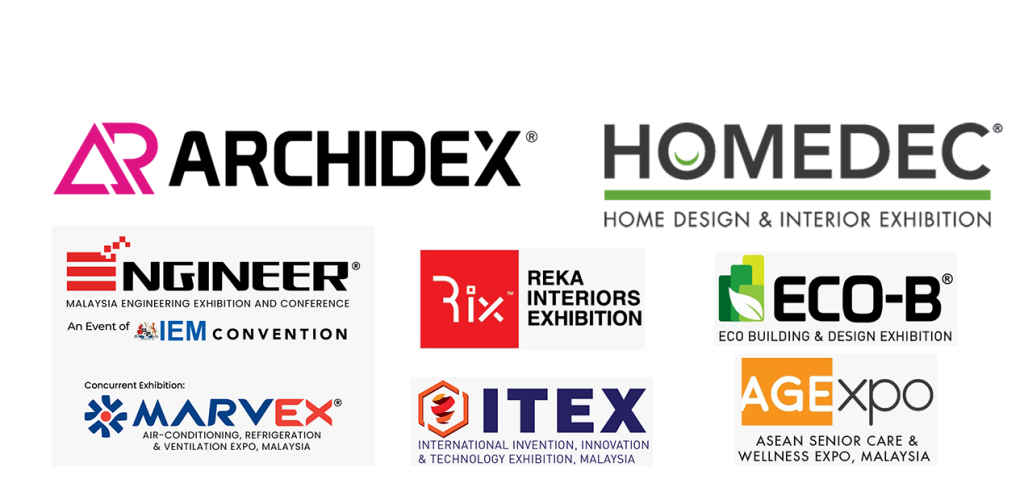So, you’re gearing up for a trade show, hoping to turn heads, make connections, and boost your business. Well, here’s the scoop – there’s a nifty rule you should keep in mind, my friend: AIM, which stands for Authority, Interest, and Meet the MAN.
Authority
First up, let’s talk authority. You’ve got to suss out if the person you’re chatting with has the power to make purchasing decisions. Some folks from companies are just there to browse and collect info, not wielding any real buying authority. Spotting these time-wasters is crucial – they’re like the extra baggage you don’t need.
When we say authority, we’re shining a spotlight on the importance of identifying whether the person you’re engaging with at a trade show has the authority to make purchasing decisions within their company. In many instances, trade shows attract a diverse range of attendees, and not everyone holds the power to say ‘yes’ to a deal.
Imagine you’re at your trade show booth, and you strike up a conversation with someone who seems genuinely interested in your product or service. They may ask insightful questions, express enthusiasm, and even request more information. However, there’s a crucial question lingering in the air – can they actually make the decision to buy from you?
This is where the concept of “authority” steps in. You want to quickly ascertain whether the person you’re talking to has the decision-making power or if they are more of a scout, gathering information for their company. Companies often send representatives or buyers to trade shows to explore potential offerings, but these individuals might not be the final decision-makers.
Identifying authority is like making sure you’re fishing in the right pond. You don’t want to spend precious time and effort pitching your product or service to someone who, although interested, can’t pull the trigger on a purchase. By determining authority early in the conversation, you streamline your efforts and focus on leads that have the potential to convert into actual sales.
So, how do you navigate this aspect of authority? Politely inquire about their role in the company, their position, and their involvement in the decision-making process. Understanding their level of authority allows you to tailor your pitch accordingly. If they aren’t the ultimate decision-maker, you can gather information but also express the importance of connecting with the person who holds the purchasing power within their organization.
In essence, addressing authority upfront is about efficiency and strategic engagement. It’s about ensuring that your valuable time at the trade show is spent engaging with individuals who have the capacity to turn interest into action. By talking authority first, you set the stage for meaningful conversations that can lead to concrete business opportunities.
So, the next time you’re at a trade show booth, remember to gauge authority early on – it’s the key to unlocking doors that lead to successful partnerships and business transactions.

Interest
Let’s dig into interest, involves navigating the nuanced landscape of the attendee’s preferences and challenges. Consider it like setting sail on the sea of their desires. In the vast ocean of a trade show, understanding what truly resonates with them becomes the compass guiding your interaction.
In both consumer and business-to-business (B2B) scenarios, emotions play a pivotal role in decision-making. This is where you unearth the unique challenges your product or service can address. Does your offering provide a solution to save them money, boost revenue, enhance customer loyalty, or tap into unexplored markets? These are the treasures you’re seeking.
The key here is understanding your own offering inside out. What makes it tick? How can it be the problem-solver they didn’t know they needed? It’s about tailoring your pitch with surgical precision, hitting the specific sweet spots that align with their aspirations and challenges.
Asking probing questions is the anchor in this process. What keeps them up at night in their business? What aspirations do they have for growth? By actively listening to their responses, you become a navigator steering towards a mutually beneficial destination. It’s not just a transaction; it’s the art of connecting your product or service to their genuine needs, creating a narrative that resonates beyond the trade show floor. So, chart your course, understanding their interests, and set sail towards a successful engagement.
Meet the MAN
Lastly, meet the MAN – the decision-maker. If the person you’re talking to isn’t the big cheese in their company, find out who is. That’s the person you need to sway into buying from you.
In the world of trade shows, making connections is key. When we talk about meeting “the MAN,” we’re referring to the decision-maker within a company. In many cases, the person you initially encounter at a trade show might not be the ultimate authority to make purchasing decisions. They could be a representative, a team member, or someone exploring potential options on behalf of their company.
Identifying and connecting with the decision-maker is crucial because they hold the power to say ‘yes’ or ‘no’ to your product or service. While the person you’re chatting with might be genuinely interested and enthusiastic, their hands might be tied when it comes to sealing the deal. That’s why it’s essential to figure out if the person you’re engaging with has the authority to make the final call on purchasing decisions.
So, how do you go about meeting “the MAN”? It involves a bit of detective work during your conversation. Politely inquire about their role in the company and their involvement in the decision-making process. If they’re not the big cheese, ask them who holds the reins when it comes to making purchasing decisions within their organization.
By doing this, you’re ensuring that your efforts and energy are directed towards the person who can genuinely impact your business. It’s about efficiently navigating through potential leads and focusing on those with the authority to convert interest into a concrete business deal.
In essence, meeting “the MAN” is like hitting the bullseye in a game of darts. You want to aim directly at the decision-maker to increase your chances of turning a promising conversation into a valuable business relationship. This targeted approach saves you time and resources, allowing you to prioritize and nurture connections that can lead to tangible business outcomes.
Remember, at a trade show, where time is often limited, honing in on decision-makers is a strategic move. It’s not just about making connections; it’s about making the right connections that can drive your business forward. So, next time you’re at a trade show, keep an eye out for “the MAN” and make sure to shake hands with the person who holds the keys to the decision-making kingdom.
By sticking to this simple AIM strategy, you’ll dodge endless chats with well-meaning folks who won’t really boost your bottom line. Now, let’s dive into some guerrilla tactics to max out your return on investment (ROI) at trade shows.
Scoping Out the Scene Before the Show
Before you dive headfirst into exhibiting at a trade show, do a little homework. Attend a few shows within your niche as a spectator. This hands-on experience will give you the lowdown on what the competition is up to and how effective these gatherings are at bringing buyers and sellers together.
Take a good look at what catches attendees’ eyes in terms of displays. Spot the design quirks that make an impression. You can borrow some of these ideas when it’s your turn to shine. If budget is a concern, consider teaming up with a suitable partner to share the exhibiting costs. While you’re snooping on competitors, keep an eye out for potential partners.
In the current climate of tight budgets, finding a partner won’t be as tricky as you think. You’ll not only save some bucks but also tap into existing marketing and show programs. Larger companies often set aside space in their displays for potential partners, so keep your eyes peeled.
Trade show event managers are always on the lookout for new exhibitors. Introduce yourself, spill the beans about your business, and ask for attendance demographics and exhibitor lists. This info will help you decide if the show is worth your time and money.
And here’s a nugget – don’t just limit your partner hunt to small companies. Big fish might need smaller suppliers like you, creating mutually beneficial opportunities. Now, let’s move on to prepping for the big day.
Prep Like a Pro: Four Weeks Before the Show
Alright, you’ve picked a show to exhibit at – time to kick your pre-show prep into high gear. Use the attendee data from event managers to send out emails announcing your participation. Get your existing customers and prospects pumped up by running a mini-marketing campaign.
Don’t forget the press! Issue a press release to local and trade media, spreading the word about your presence. When reaching out to prospects, offer a little incentive – a giveaway if they swing by your booth with a special letter or coupon. Be sure to include all the essential details about the venue and your booth location.
Recognize that not everyone you contact will make it to the event. So, give them a way to connect with you, whether it’s through mail, phone, or email. Be proactive – ask if they want your trade show brochure or if they’d like a sales contact. Always keep the selling vibes alive!
Taking Charge of Your Trade Show Destiny
Trade shows are fantastic marketing opportunities, but don’t rely solely on the event management team to do all the heavy lifting. Take charge of your pre-show marketing efforts and unleash the full potential of exhibiting.
Sure, event managers will do some global marketing, possibly in trade journals, and might reach out to previous attendees and potential exhibitors. But don’t sit back expecting a flood of eager prospects. It’s time for you to step up and own this part of the game.
In a nutshell, trade shows can be a game-changer for your business if you play your cards right. Stick to the AIM rule, scope out the scene, find a savvy partner, and make the most of your pre-show prep. With these guerrilla tactics, you’ll be ready to conquer the trade show battlefield and boost that ROI. So, gear up, my friend, and let the trade show magic begin!



